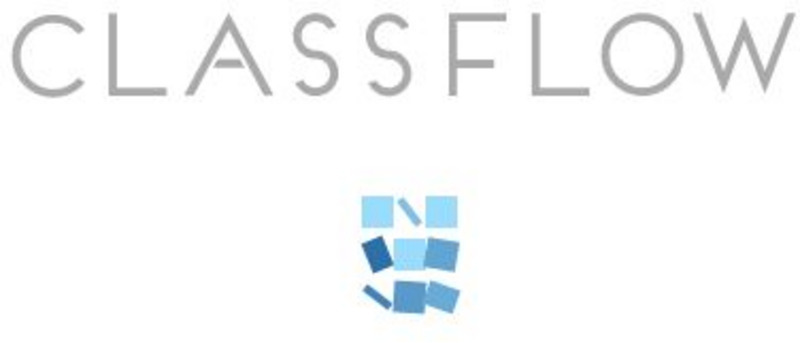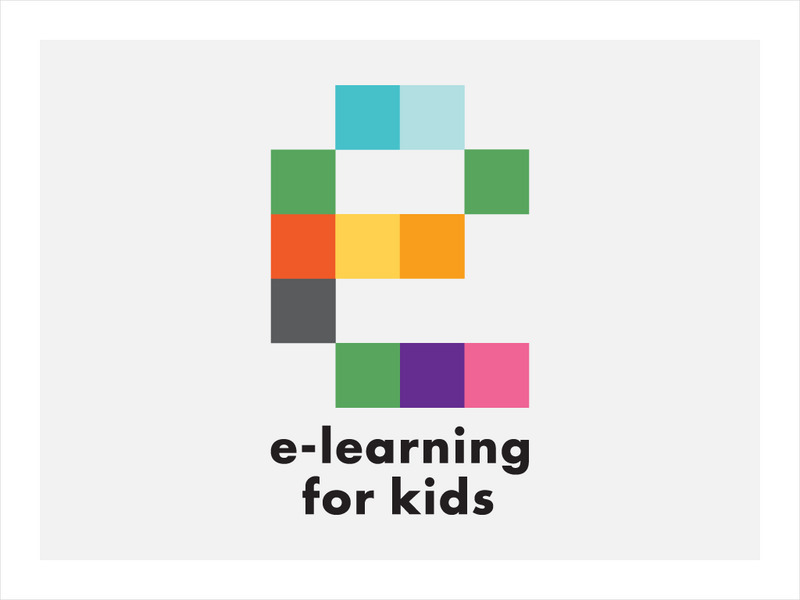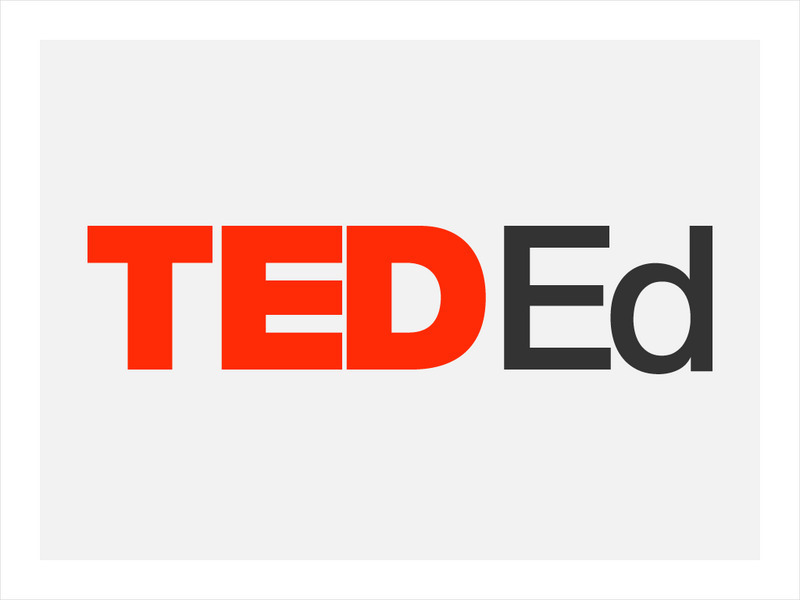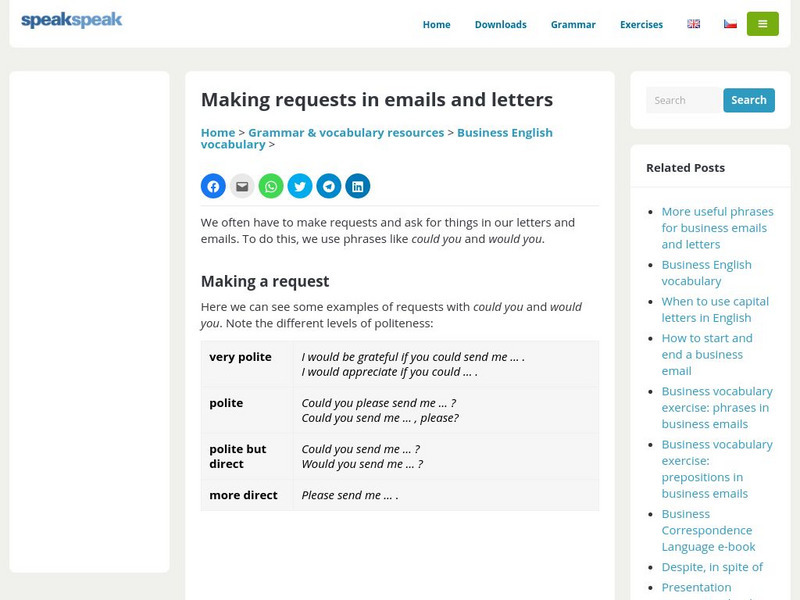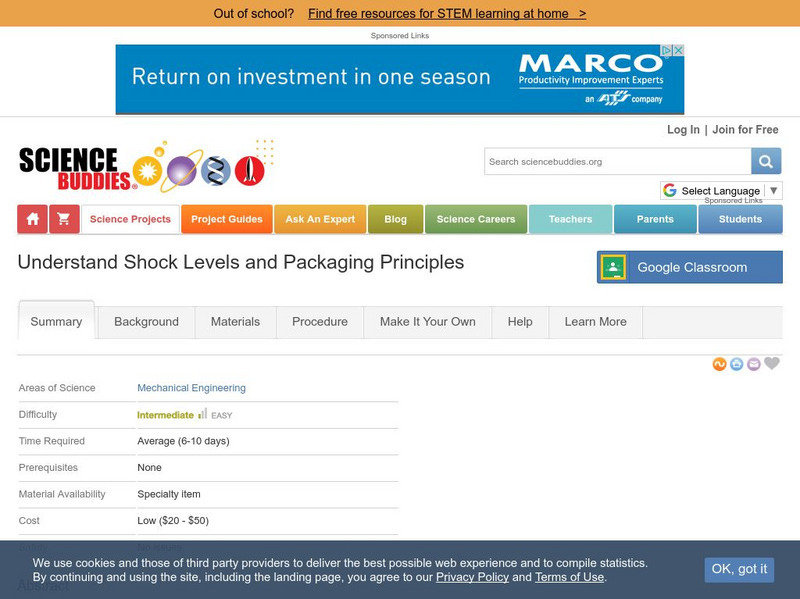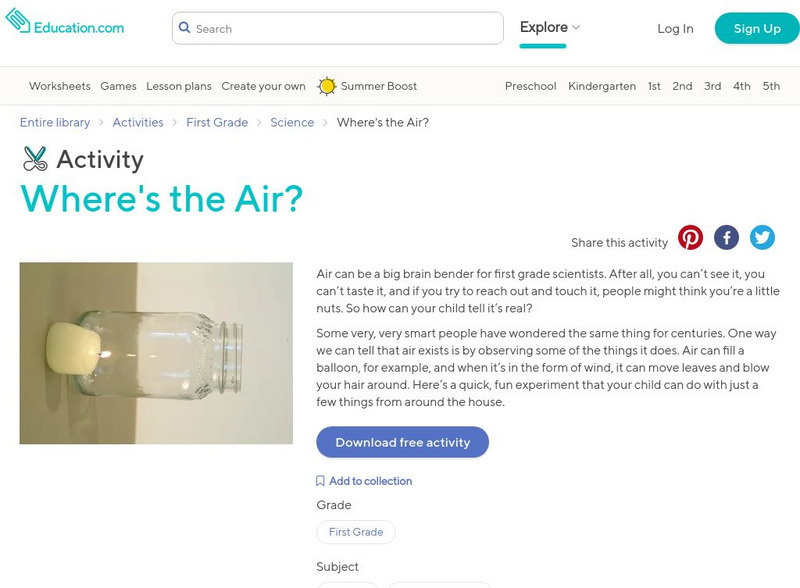ClassFlow
Class Flow: How We See Things
[Free Registration/Login Required] In this unit children learn that mirrors and shiny surfaces alter the direction in which light travels and that when they see objects light enters the eye. Children contrast reflection and shadow...
E-learning for Kids
E Learning for Kids: Science: North Sea: Why Do We Need Light?
Frederik is doing experiments about light to find out how it helps people to see things.
TED Talks
Ted: Ted Ed: How Do Dogs See With Their Noses?
You may have heard the expression that dogs 'see with their noses.' But these creature's amazing nasal architecture actually reveals a whole world beyond what we can see. Alexandra Horowitz illustrates how the dog's nose can smell the...
NASA
Nasa: The Space Place: Why Is the Sky Blue?
Learn about colors of light by exploring how prisms work. Discover the different colors of the spectrum and how the visible light is what we see.
E-learning for Kids
E Learning for Kids: Science: Denmark: How Can We Define Living and Non Living Things?
Martin Dahl, a Danish scientist, does research on living things and non-living things. Come see what he discovers.
TED Talks
Ted: Ted Ed: Visualizing Hidden Worlds Inside Your Body
How do we see things too small to be detected by the human eye? What about things inside our own bodies? Dee Breger uses a scanning electron microscope to give us a glimpse of images including blood clots, thyroid glands, and lungs with...
TED Talks
Ted: Ted Ed: Self Assembly: The Power of Organizing the Unorganized
From something as familiar as our bodies to things vast as the formation of galaxies, we can observe the process of self-assembly, or when unordered parts come together in an organized structure. Skylar Tibbits explains how we see...
TED Talks
Ted: Ted Ed: What's the Difference Between Accuracy and Precision?
When we measure things, most people are only worried about how accurate, or how close to the actual value, they are. Looking at the process of measurement more carefully, you will see that there is another important consideration:...
Other
Speak Speak: Making Requests in Emails and Letters
We often have to make requests and ask for things in our letters and emails. To do this, we use phrases like 'could you' and 'would you.' Here we can see some examples of requests using these. Note the different levels of politeness.
Science Buddies
Science Buddies: Understand Shock Levels and Packaging Principles
When you open up your presents on your birthday, you probably don't spend a lot of time admiring the wrapping-you'd much rather see what's inside. It can be the same way with the packaging that products come in, but packaging is...
Education.com
Education.com: Where's the Air?
[Free Registration/Login Required] How can you tell that air is real if you can't see it or feel it? One way we can tell that air exists is by observing some of the things it does. Air can fill a balloon, for example, and when it's in...
